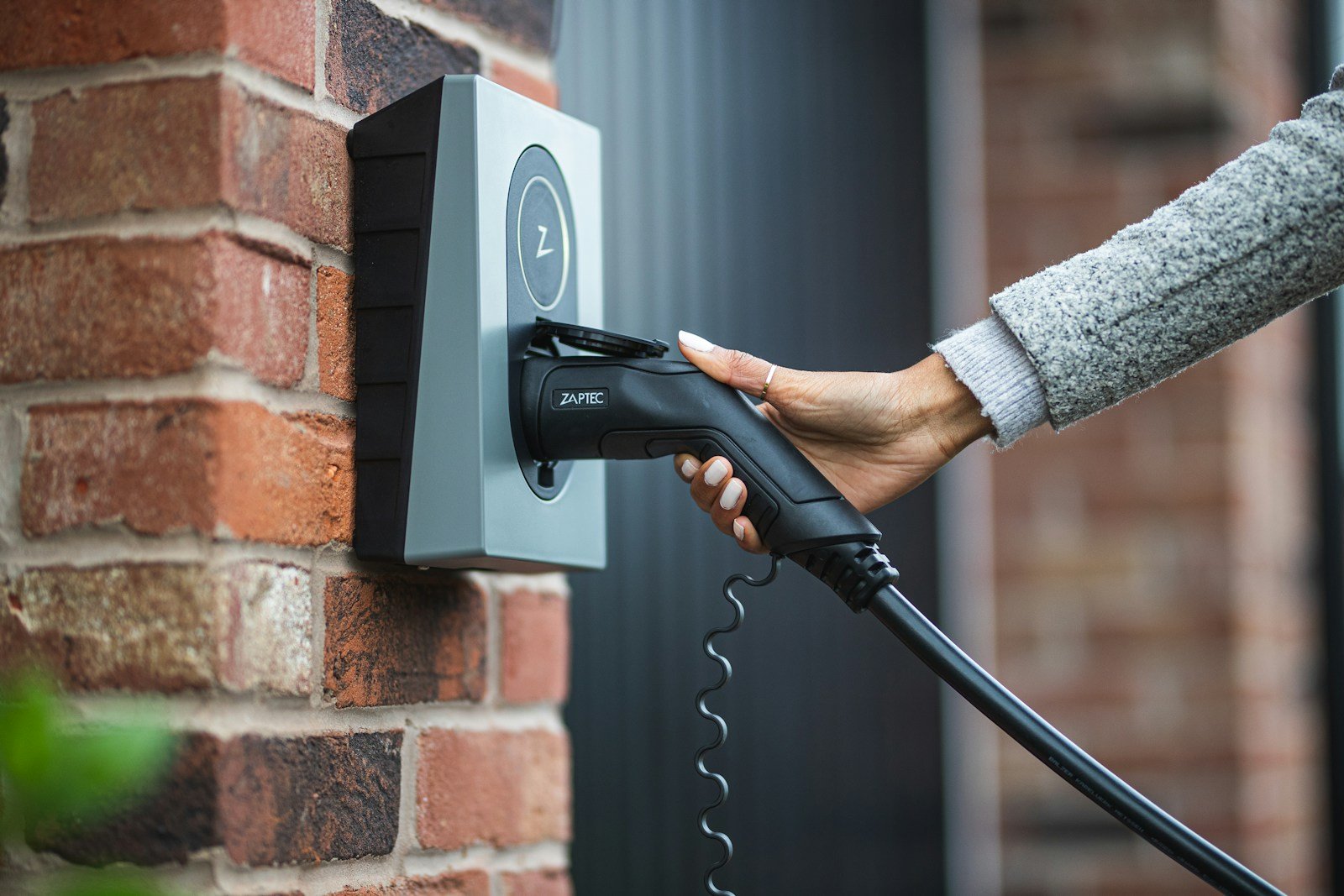Physical Address
304 North Cardinal St.
Dorchester Center, MA 02124
Physical Address
304 North Cardinal St.
Dorchester Center, MA 02124


Have you ever wondered how small changes in your home can make a big difference for the planet? Creating an eco-friendly home doesn’t require a complete overhaul or significant expense. Simple, everyday adjustments can reduce your carbon footprint, save energy, and contribute to a sustainable lifestyle. Let’s explore five practical steps you can take to transform your home into a greener, more sustainable haven.
Your home is where sustainable living begins. Small, eco-conscious choices not only reduce your environmental impact but also save money and improve your quality of life. According to the United Nations, household activities contribute significantly to global carbon emissions, particularly through energy use, waste, and water consumption. By adopting eco-friendly practices, you can join a global movement toward a healthier planet.
Switching to LED bulbs is one of the easiest and most cost-effective ways to reduce your energy consumption. LEDs use up to 75% less energy than traditional incandescent bulbs and last significantly longer, meaning fewer replacements and less waste.
Learn more about the benefits of LED lighting.
Water conservation is a critical part of sustainable living. The average household uses over 300 gallons of water daily, much of which is wasted. Simple changes can significantly reduce this amount.
Discover more water-saving tips in our article on energy-saving habits.
Conventional cleaning products often contain harsh chemicals that pollute waterways and harm wildlife. Switching to natural, eco-friendly alternatives protects the environment and creates a healthier indoor space.
External Link: Check out a comprehensive list of safe, eco-friendly cleaning products at EWG.
Reducing plastic waste is crucial for a sustainable home. Single-use plastics often end up in landfills or oceans, harming ecosystems.
Pro Tip: Shop at local zero-waste stores to find package-free products and reduce packaging waste.
Houseplants do more than just beautify your home—they purify the air by absorbing toxins and releasing oxygen. Some plants, like peace lilies and snake plants, are especially effective at improving indoor air quality.
Maria, a teacher from Mexico City, decided to make her home eco-friendlier after learning about the environmental impact of everyday habits. She replaced her incandescent bulbs with LEDs, started using natural cleaning solutions, and added indoor plants to improve air quality. “The changes were small but made a huge difference,” Maria shared. “I save money on electricity and feel better knowing my home is healthier for my family.”
Have you tried making eco-friendly changes in your home? Which tips have worked best for you? Creating a sustainable home doesn’t have to be overwhelming. By starting with these small, actionable steps, you can make a meaningful impact on the environment while enjoying a healthier, more energy-efficient living space.
At EcoTipsEveryday.com, we’re passionate about empowering you to live sustainably. Let’s work together to create homes that benefit both people and the planet. What’s your favorite eco-friendly home tip? Share it with us and inspire others to join the movement!
Meta Description: Transform your home with these 5 eco-friendly changes. Learn practical tips for sustainable living and make a positive impact today!